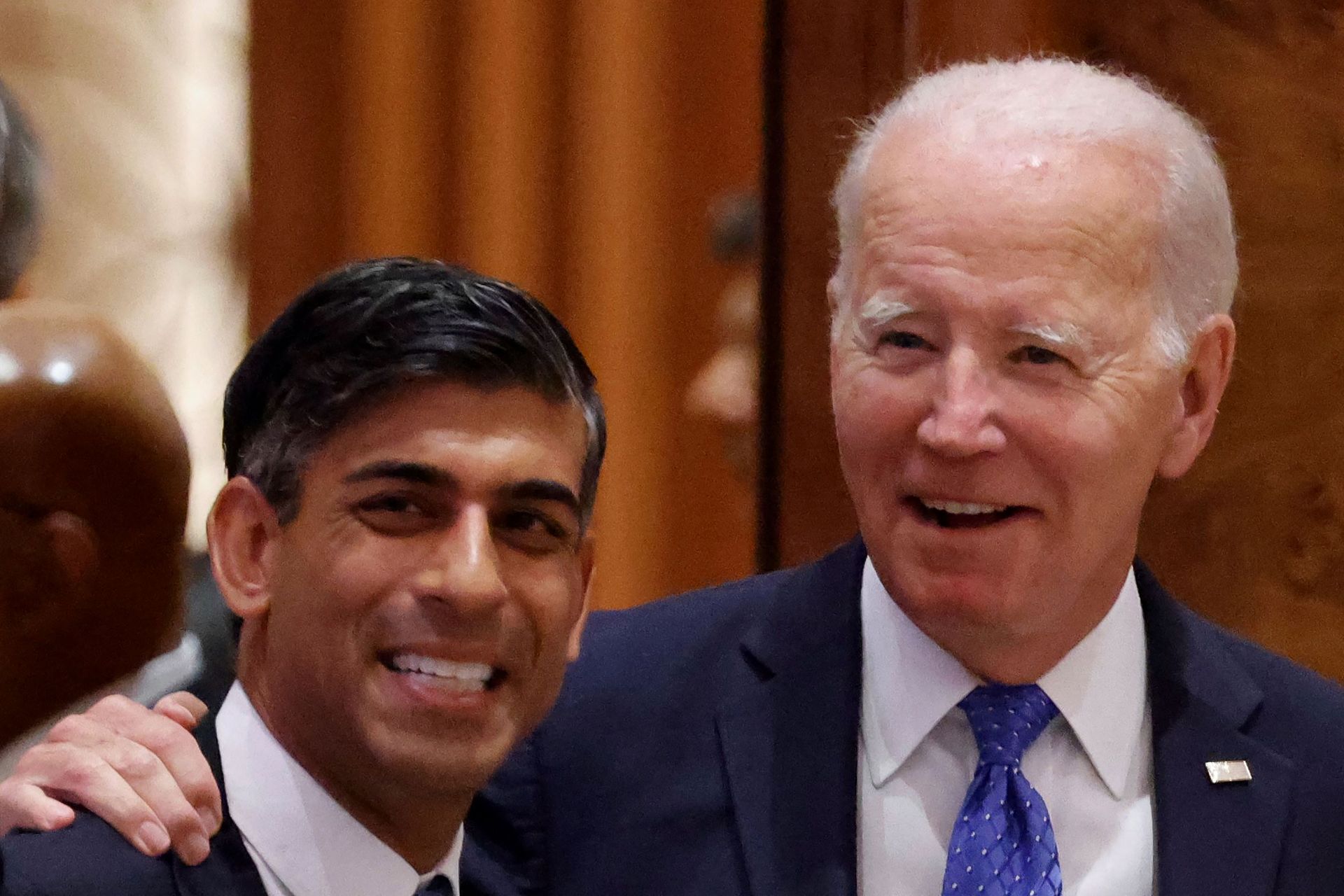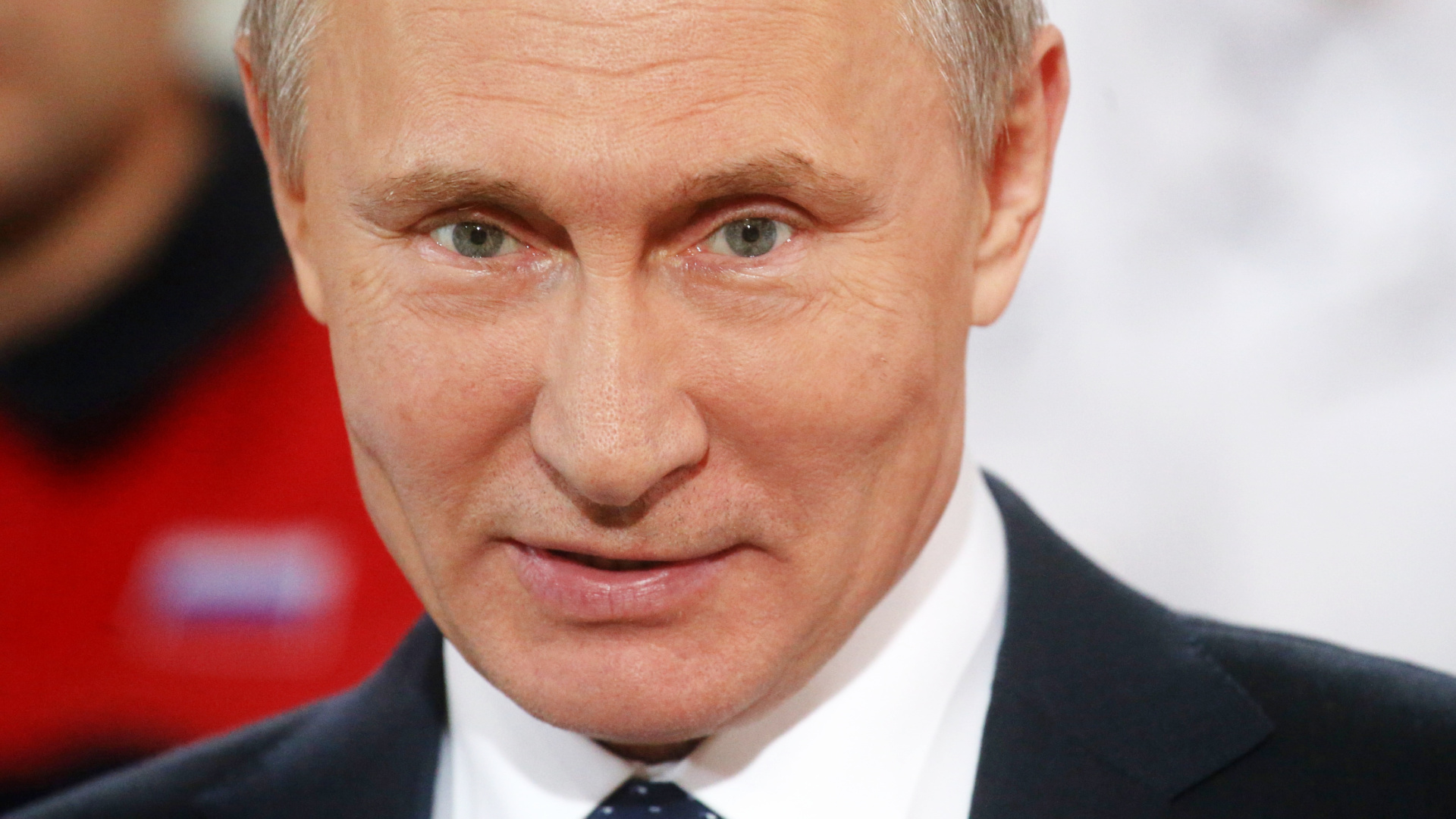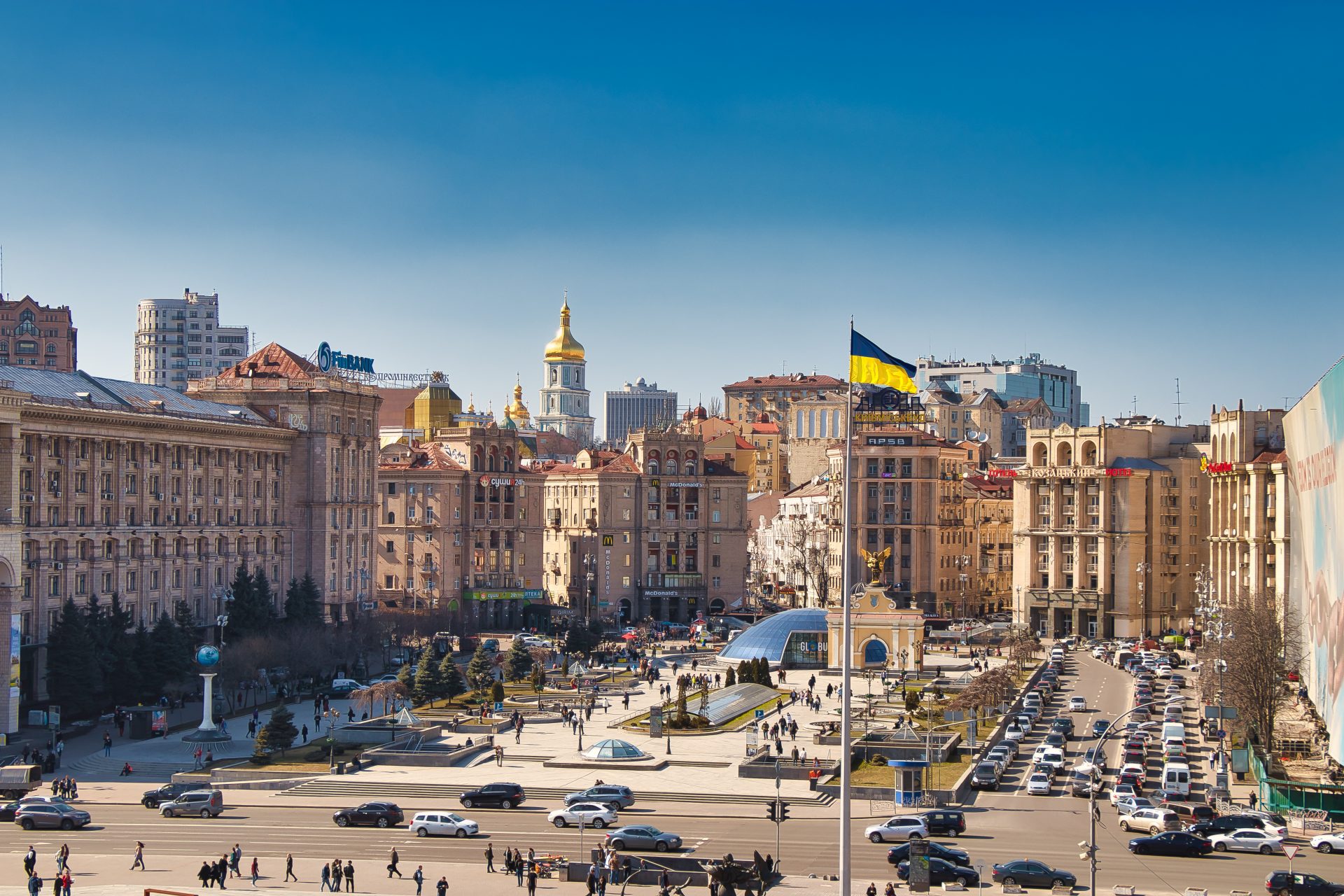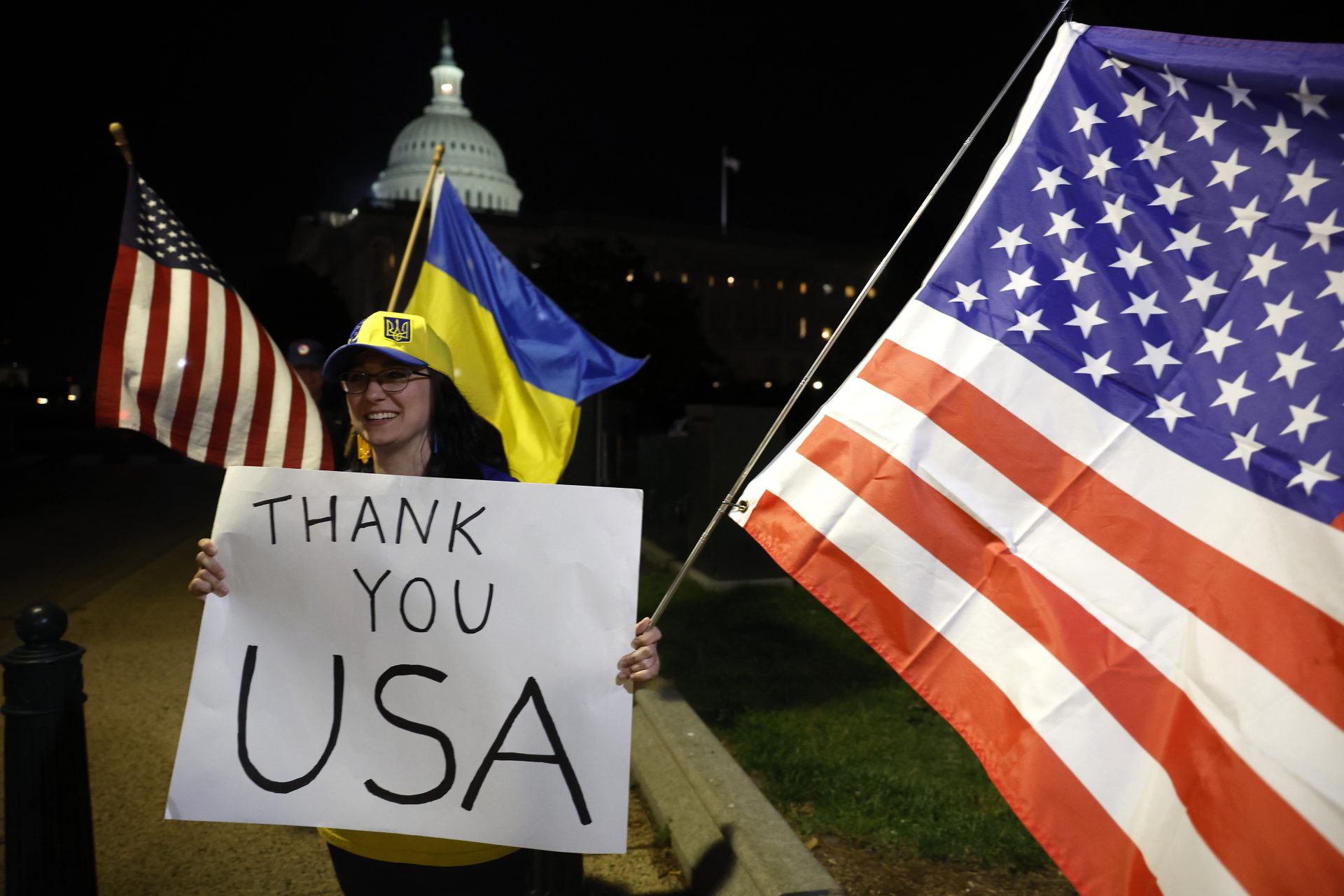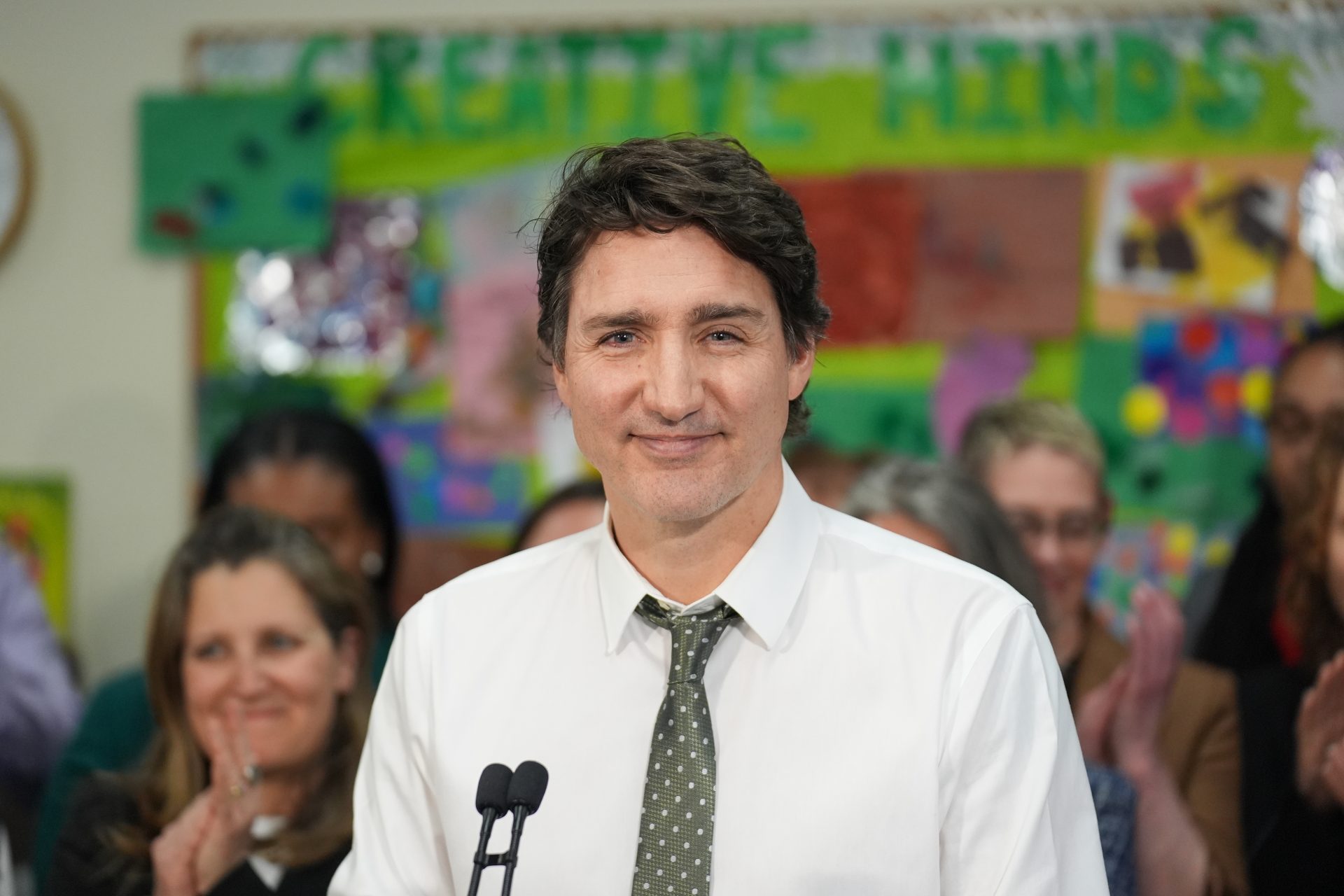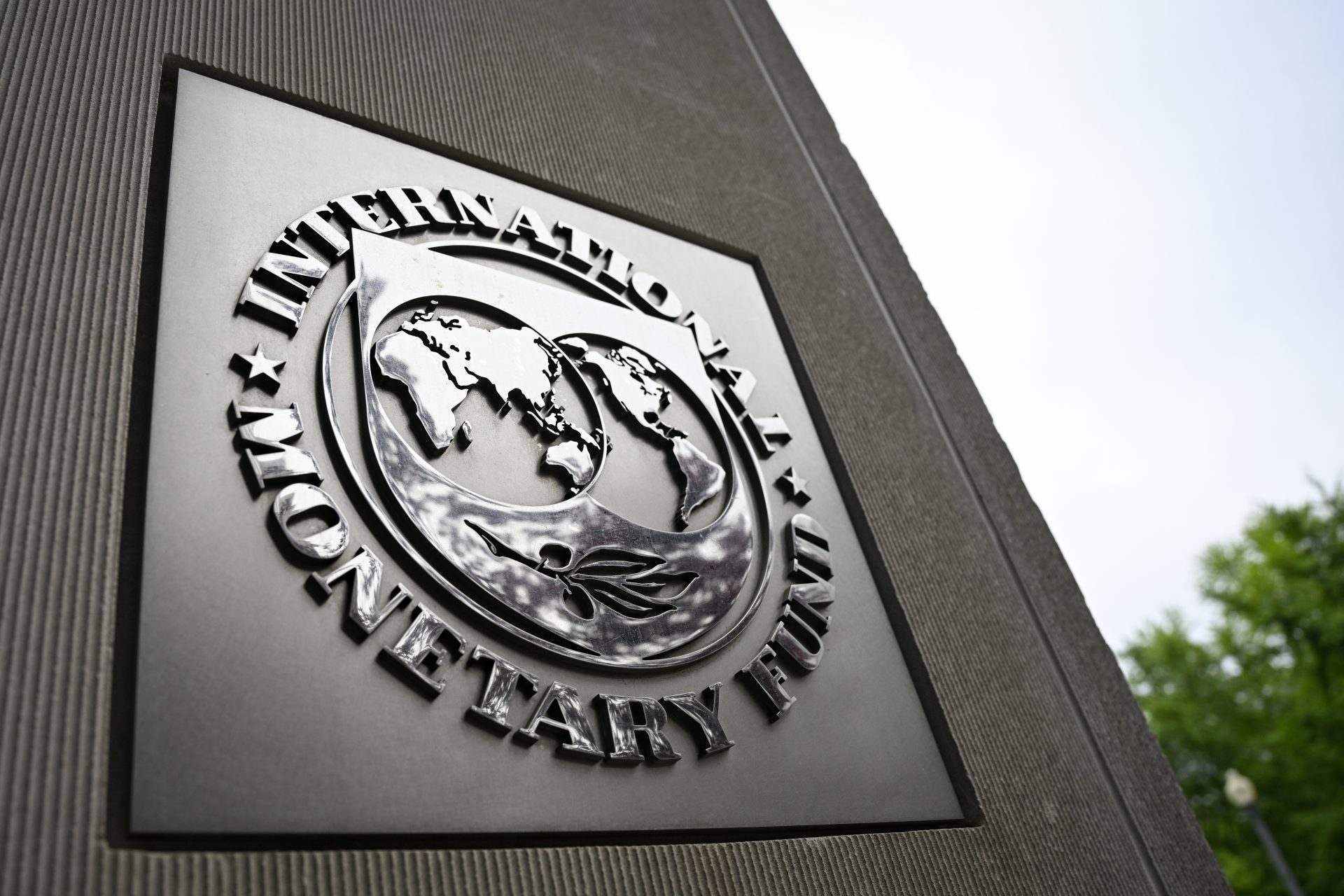Workers try to "make Amazon pay" with a worldwide strike on Black Friday
This Black Friday, a coalition of 83 organizations led a worldwide Amazon worker's strike. The action was part of the "Make Amazon Pay" campaign, which includes unions, environmental and human rights activists, tax watchdogs, and consumer organizations in more than 30 countries.
Black Friday and Cyber Monday mark the beginning of the shopping season with Christmas around the corner. That weekend is one of the most lucrative of the year for Amazon. According to CNBC, in 2021, the company ranked first in the advertising technology company Captify's survey of most searched retailers on Black Friday.
Workers and activists have become increasingly concerned about Black Friday's environmental and social impacts. Retail giants like Decathlon and Xanders, both European, have stopped joining the discount spree and started taking more sustainable actions. Amazon, however, has not changed these practices despite the demands of unions and organizations.
In 2017, about half of the permanent employees of an Amazon facility in Northern Italy decided to strike on Black Friday along with other European demonstrators. According to The Nation, this was one of the first Amazon strikes in the world. Management agreed to negotiate, but workers started using the "Make Amazon Pay" slogan for the first time.
Two years later, in 2019, the Make Amazon Pay platform was officially born. According to The Nation, UNI Global Union and Progressive International created the campaign. The objective was to make Amazon pay better wages, respect union rights, pay its fair share of taxes, and have better environmental practices.
Workers have gone on strike every year since 2018, but Make Amazon Pay launched a worldwide strike on Black Friday in 2021. According to The Nation, the action involved workers from 25 countries, but the participation of organizations in the U.S. was anecdotal. The strike did not affect the performance of the company, either.
In 2022, participation grew in the U.S. thanks to a more visible presence of unions in Amazon warehouses. In April, workers from an Amazon facility in Staten Island, New York, won a historic vote to unionize. It is one of the largest warehouses of the company in the U.S.
The union milestone happened in the middle of a growing acceptance of unions in the U.S. According to Gallup, 71% of Americans feel comfortable with unionizing workers, the highest the firm has recorded on this measure since 1965. The unionizing efforts in Amazon followed similar pursues in Starbucks.
With the climate of union acceptance in their favor, Amazon workers pushed the Black Friday strike further in the U.S. in 2022. According to NY1 News, Americans scheduled demonstrations in Alabama, Florida, Georgia, Massachusetts, Michigan, Missouri, New York, North Carolina, Oregon, Pennsylvania, Washington D.C., and Washington state.
The Make Amazon Pay website accuses the company of doubling anti-union efforts. The company spent 4.3 million dollars in campaigns and workshops to dissuade workers from organizing. Unions in Alabama complained about mandatory anti-union meetings, texts, messages in bathrooms, and even traffic-light patterns.
In April, after the Staten Island facility voted to unionize, Amazon tried to overturn the election on two occasions ─a labor judge denied the first attempt, and the company appealed. Several months later, a week before the Black Friday strike, a Federal judge ordered the retailer to stop anti-union behavior in their New York warehouse.
Better compensation is one of the issues that this platform and several international unions are pushing. The retailer increased the hourly wage a dollar this year, worried about unionizing efforts in warehouses. But, according to the Make Amazon Pay website, "real wages are going down, while the corporation rakes in record revenue - $121bn for the second quarter of 2022," it states.
The company has questionable practices like monitoring every worker's daily movement to assess productivity. In June, Vice News leaked internal documents describing Amazon's system to track warehouse workers. "[Workers] can be fired if they accumulate 120 minutes of Time Off Task (as they call it) in a single day or if they have accumulated 30 minutes off task on three separate days in one year," the article reveals.
In addition to pressuring warehouse workers, Amazon started widespread layoffs in corporate ranks in November. According to The Washington Post, managers called employees into meetings and told them they had two months to find another job internally or accept severance payment. The Washington Post also revealed that the company plans to cut 3% of its corporate workforce: 10.000 employees.
Make Amazon Pay demands the company reduce its environmental footprint. In 2019, Jeff Bezos announced that the retailer planned to reach "carbon neutrality" by 2040. However, activists have questioned Bezos' strategy: instead of reducing pollution, the CEO created the "Climate Pledge" initiative and funded eco-friendly projects to "cancel" the company's emissions.
According to The Verge, Amazon's emissions grew by 18% in 2021. The company has emitted 40% more carbon dioxide since Bezo's announcement in 2019. The retailer is expanding operations faster than it can reduce its carbon footprint. Make Amazon Pay claims they only include 1% of all product sales in their carbon accounting.
The striker's final demand regards taxes: "Amazon squeezes communities: paying no income tax in Europe in 2021 and instead was paid $1bn in tax credits on $55 billion sales," says the Make Amazon Pay website. The company has battled against European policymakers for years, including an ongoing legal action against the French Senate and its 2019 digital tax law.
While workers have not reported any further actions on Cyber Monday, Amazon lost its position as a consumer favorite for Black Friday in 2022. According to CNBC, the retailer is in fourth place under Walmart, Target, and Kohls's in the Captify ranking. That setback probably won't hurt the revenue of one of the richest companies in the world.
More for you
Top Stories






















